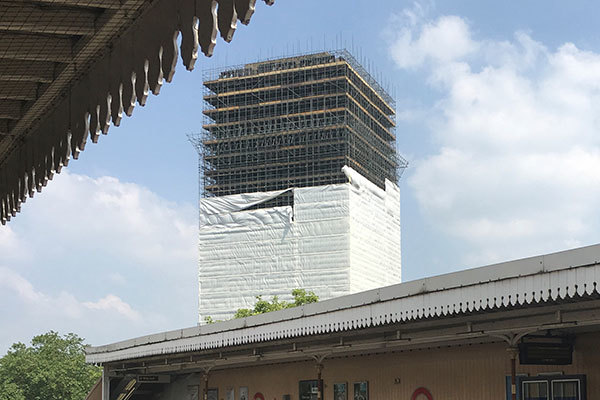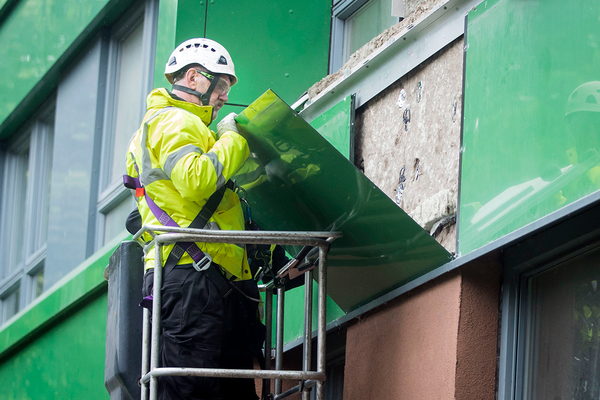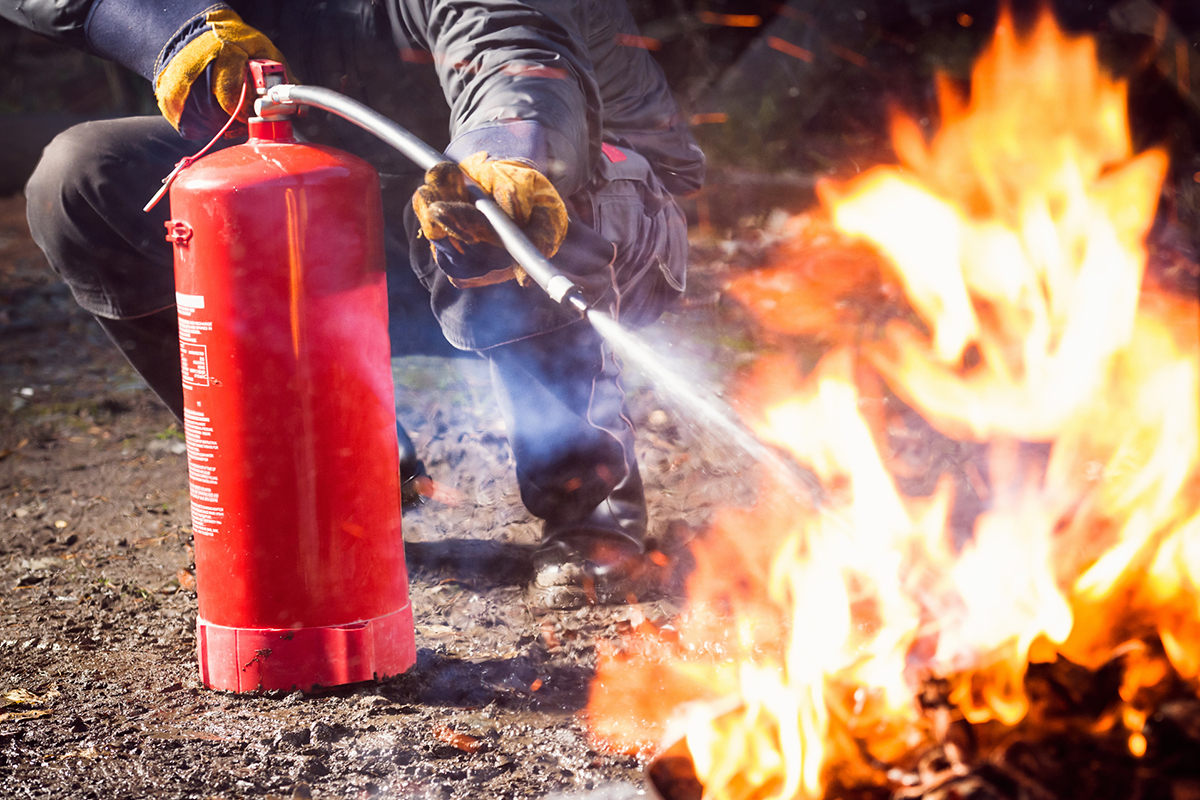You are viewing 1 of your 1 free articles
BRE withdraws safety test result for Grenfell insulation
The Building Research Establishment (BRE) has withdrawn safety test results for the insulation used on Grenfell Tower, following the discovery of an unspecified issue with its design.
Celotex, which supplied the polyisocyanurate (PIR) insulation used on Grenfell Tower, admitted in a statement earlier this week that there was a difference between the safety test carried out on the product and the description of the test in the marketing.
The company is yet to clarify what the discrepancy was, and in a statement the BRE – which carried out the testing – announced it was withdrawing the result.
Building regulations allow insulation systems comprising combustible materials to be used legally on high-rise buildings if they can pass a laboratory test under conditions specified in British Standard (BS) 8414. Many of these tests are carried out in BRE laboratories.
In its statement the BRE said: “It is our understanding that the test system was not constructed according to Celotex’s design specification and as such, the test results have been withdrawn.
It added: “BRE does not design, select or install the test system, nor are we involved in the sample selection process. The onus for that is strictly with the company for whom the test is being conducted. BRE’s role is to conduct the fire test against the requirements of the British Standards Institute BS 8414 test methodology.”
The test of the Celotex insulation boards was carried out in 2014, before RS5000, the PIR product used on Grenfell Tower, was launched.
It tested the insulation alongside fibre cement board cladding, which has a higher level of fire resistance than the aluminium and plastic type used on Grenfell.
Therefore these test results alone would not have cleared it for use alongside the polyethylene core aluminium cladding used on Grenfell.
However, in the years before Grenfell, developers were making wide use of ‘desktop studies’ to approve materials for use.
This involved using data from tests of the materials in other combinations to assess whether or not a new combination would pass fire tests, without actually subjecting it to a laboratory test.
Celotex is carrying out its own internal review of how the differences arose.




